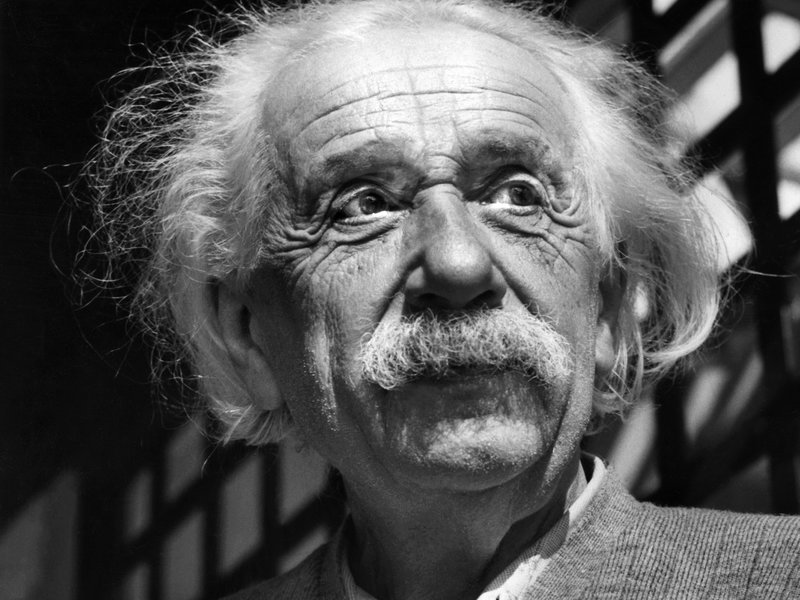(单词翻译:单击)
In 1919, now aged thirty, he moved to California and took up a position at the Mount Wilson Observatory near Los Angeles. Swiftly, and more than a little unexpectedly, he became the most outstanding astronomer of the twentieth century.
1919年,他已经30岁。他迁到加利福尼亚州,在洛杉矶附近的威尔逊山天文台找了个职位。非常出人意料的是,他很快成为20世纪最杰出的天文学家。
It is worth pausing for a moment to consider just how little was known of the cosmos at this time. Astronomers today believe there are perhaps 140 billion galaxies in the visible universe. That’s a huge number, much bigger than merely saying it would lead you to suppose. If galaxies were frozen peas, it would be enough to fill a large auditorium—the old Boston Garden, say, or the Royal Albert Hall. (An astrophysicist named Bruce Gregory has actually computed this.) In 1919, when Hubble first put his head to the eyepiece, the number of these galaxies that were known to us was exactly one: the Milky Way. Everything else was thought to be either part of the Milky Way itself or one of many distant, peripheral puffs of gas. Hubble quickly demonstrated how wrong that belief was.
让我们稍停片刻,先来考虑一下当时人们对宇宙的了解是如何少得可怜,这是值得的。今天的天文学家认为,在可见的宇宙里也许有1400亿个星系。这是个巨大的数字,比你听了这话认为的还要巨大得多。假如把一个星系比做一粒冻豆子,这些豆子就可以塞满一个大礼堂——比如,老波士顿花园或皇家艾伯特大厅。(有一位名叫布鲁斯·格雷戈里的天体物理学家还真的计算过。)1919年,当哈勃第一次把脑袋伸向望远镜的时候,我们已知的星系数只有一个:银河系。其他的一切要么被认为是银河系的组成部分,要么被认为是远方天际众多气体中的一团气体。哈勃很快证明这种看法是极其错误的。
Over the next decade, Hubble tackled two of the most fundamental questions of the universe: how old is it, and how big? To answer both it is necessary to know two things—how far away certain galaxies are and how fast they are flying away from us (what is known as their recessional velocity). The red shift gives the speed at which galaxies are retiring, but doesn’t tell us how far away they are to begin with. For that you need what are known as“standard candles”—stars whose brightness can be reliably calculated and used as benchmarks to measure the brightness (and hence relative distance) of other stars.
在之后的10年里,哈勃着手研究有关宇宙的两个最基本的问题:宇宙已经存在多久?宇宙的范围有多大?为了回答这两个问题,首先必须知道两件事——某类星系离我们有多远,它们在以多快的速度远离我们而去(即现在所谓的退行速度)。红移能使我们知道星系后退的速度,但不能使我们知道它们离得有多远。为此,你需要有所谓的“标准烛光”——即准确测得的某个恒星的亮度,作为测算其他恒星的亮度(并由此计算其相对距离)的基准。


